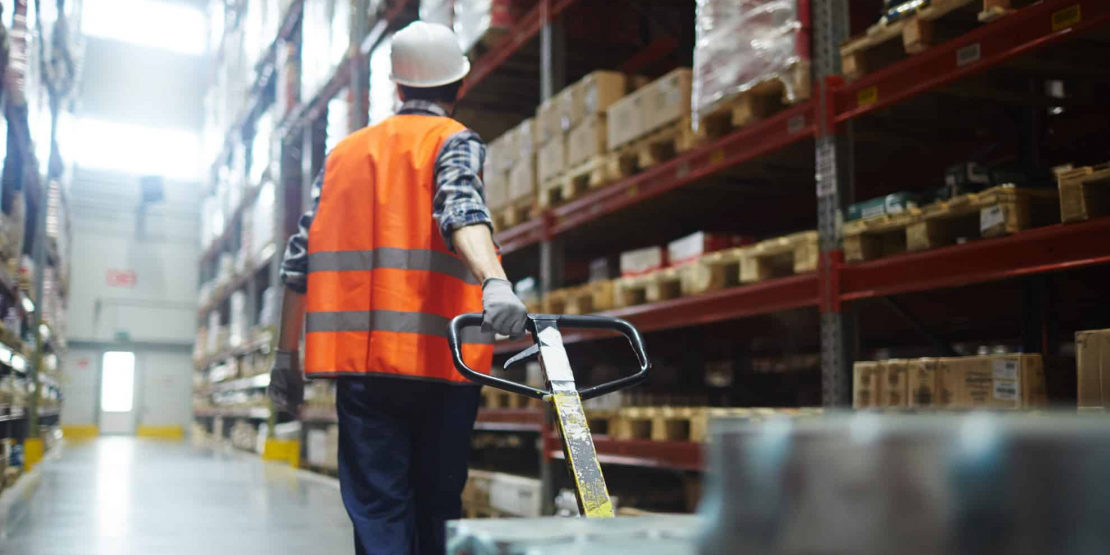Disruptions in the global supply chain are being felt across the globe thanks to the COVID-19 pandemic. China slowed its manufacturing and shipping operations significantly in the first quarter of 2020. Now, in mid-March, those same effects are stretching across the globe as many businesses move to remote work or temporarily shutter their doors. Wholesale food distribution, however, has no time to slow down.
Increased Grocery Demand During the COVID-19 Pandemic
With people hunkering down at home, the demand for grocery items – and the delivery of those items – is surging. Neilson reports the demand for non-perishable foods has jumped by up to 84% since a Trump Administration Press Conference on February 29th.
This surge has a ripple effect beginning with production, then moving to wholesale food distribution, grocery store stocking, in-store shopping, home delivery and curbside pickup.
Wholesale Food Distribution: A Crucial Service During the COVID-19 Pandemic
If the second phase – wholesale food distribution – falls behind, the remaining four steps are strained beyond the basic impact of increased consumer demand. That’s why it’s critical that wholesale food distribution companies use every tool available to optimize their businesses.
Short-Term Challenges of Wholesale Food Distribution
In the short-term, this requires an all-hands-on-deck approach to distribution and clear, ongoing communication with the stores they serve. A tricky situation, considering the many people who may be out sick. Additional precautions must be taken to ensure staff members are protected as they work in distribution centers and freight lines, too. As with all other businesses, cleanliness and sanitation are of paramount importance.
Despite the empty shelves across the country, this all-hands-on-deck approach to distribution is certainly in place. In a recent article from the New York Times, Chief Operating Officer of Costco Ron Vachris said, “Transportation is functioning, our suppliers are working around the clock and the flow of goods is strong.”
Whether this will remain true depends on how the coronavirus situation progresses. Though there are food items in storage throughout the country, keeping up with a more long-term surge in grocery demand will take ingenuity and fast action from farmers, suppliers and distributors.
Predicting What’s Next in Consumer Demand
Many of the top companies in the grocery space, like Amazon, are running data-backed predictions depicting what demand may look like in the coming weeks. All food distributors should be leveraging data to inform the stock they request from suppliers as well as the proper distribution of those goods once they become available. This forward-looking approach serves to protect food distribution businesses and the customers they serve, from grocery stores to households.
For businesses that have not integrated data management and analysis into their decision-making processes, the right time was years ago. It’s even more critical that they do so now.
Preparing for Post-Coronavirus Consumer Demand
Though many of today’s supply chain decisions must be made within hours, the long-term effects of the COVID-19 pandemic deserve consideration, as well. Based on data gathered in China and South Korea — two countries who have already hit their infection peaks — Neilson created a six-part model of consumer behavior changes. As of mid-march, the United States is transitioning through step four, which is “quarantined living preparation.”
We are also beginning to experience step 5, which is “restricted living.” During this phase, people will begin consuming the goods they’ve recently stock-piled.
Eventually, we’ll reach step 6, which is “living a new normal.” It’s this phase that will have the greatest impact on wholesale food distribution after the panic subsides. In this phase, consumer buying behavior will retain some of the changes that occurred since the coronavirus outbreak began. These changes include keeping a stronger reserve of non-perishables on hand and increasing online shopping, curbside pickup, and home delivery.
Whole Food Distribution Businesses Can Leverage Data for Long-Term Planning
With the data gathered throughout the coronavirus epidemic, food distribution businesses can uncover insights that will better prepare them for the next surge in consumer demand. Some of the early indicators, such as a sharp increase in demand for one category or item (e.g. medical masks), can alert suppliers and distributors to the increased demands that will likely follow suit.
To achieve this foresight, companies need to build a robust, enriched and normalized data lake that can be leveraged for analytics and data visualizations. They also need streamlined software to help them complete each piece of their distribution model effectively. This software could include tools for better inventory management, enterprise resource planning, customer relationship management, messaging platforms, and more.
A Trusted Software Partner for a Secure Future
If your business is eager to implement an empowering data management strategy or streamline operational gaps with powerful custom software, reach out to 7T today. We offer a consultative approach to technology that empowers your team to create a perfectly-tailored software solution that will serve you for years to come, no matter what transpires in the world.








